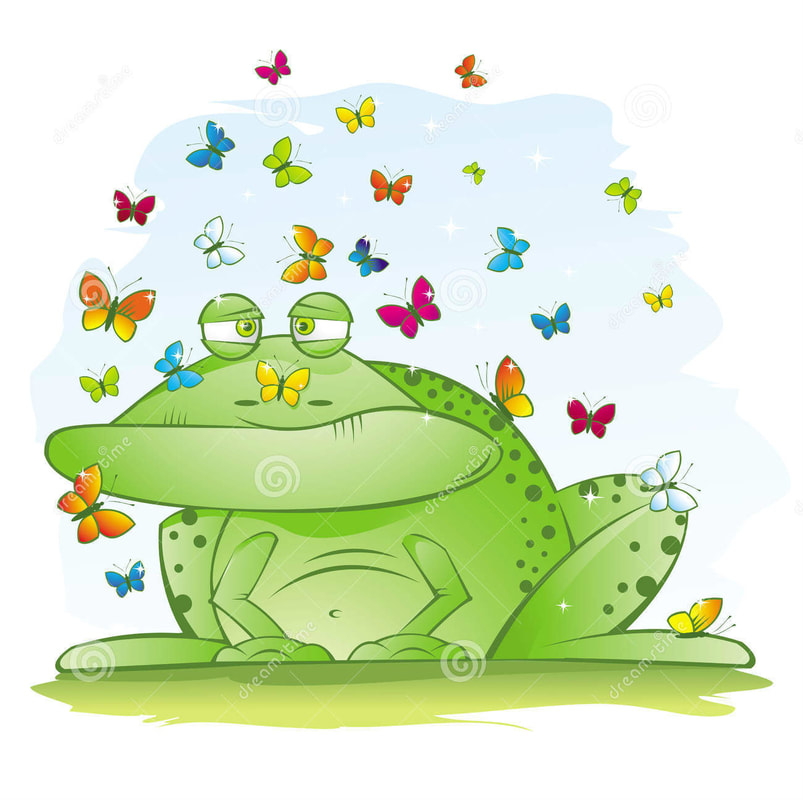1. Butterfly wings are transparent. How can that be, you ask, when they're so bright and colorful? Butterfly wings are covered with thousands of tiny scales that reflect light in different colors. But underneath those scales, their wings are formed by layers of chitin, the same protein that makes up their exoskeleton. Those layers are so thin that you can actually see through them!
2. Butterflies live on an all-liquid diet. Adult butterflies can only feed on liquids, usually nectar. Their mouthparts are designed to drink liquids, not chew food. "Their mouthparts are modified to enable them to drink, but they can't chew solids. A proboscis, which functions as a drinking straw, stays curled up under the butterfly's chin until it finds a source of nectar or other liquid nutrition. It then unfurls the long, tubular structure and sips up a meal. And you thought a frog's tongue was weird!
3. A butterfly must assemble it's proboscis as soon as it emerges from the chrysalis. The first job of any adult butterfly is to assemble its mouthparts. "When a new adult emerges from the pupal case or chrysalis, its mouth is in two pieces. Using palpi located adjacent to the proboscis, the butterfly begins working the two parts together to form a single, tubular proboscis. You may see a newly emerged butterfly curling and uncurling the proboscis over and over, testing it out."
4. Butterflies drink from mud puddles. Butterflies cannot live on sugary nectar alone. They need other nutrients, as well, as well. So occasionally they sip from mud puddles which are rich in minerals and salts. This process is called puddling.
5. Butterflies can't fly if they're cold. No one enjoys being cold and butterflies are no exception. They need the ideal body temperature of 85 degrees (29 C) to be able to fly. they are cold-blooded creatures so they cannot regulate their own body temperatures which means they must rely on the surrounding air temperatures. When temps fall below 55 degrees (13 C), butterflies are rendered immobile and cannot fly and thus flee from predators. When temps reach 82 to 100 degrees Farenheit (28 to 38 C), butterflies can fly with ease. "Cooler days require a butterfly to warm up its flight muscles, either be shivering or basking in the sun. And even sun-loving butterflies can get overheated when temperatures soar above 100° F (38 C)and may seek shade to cool down. "
6. Newly emerged butterflies can't fly. "Inside the chrysalis, a developing butterfly waits to emerge with its wings collapsed around its body. When it finally breaks free of the pupal case, it greets the world with tiny, shriveled wings." The butterfly must then pump body fluids through the wing veins to make them expand. But after such an intensive workout, the butterfly needs to rest for a few hours. This allows the body to dry and harden.
7. Butterflies are nearsighted, but they can see and distinguish a lot of colors. Butterflies have good eyesight up to around 10-12 feet (3.04 M - 3.65 M). Beyond that, things tend to get blurry. (I'm kind of in the same boat.) Butterflies rely on their eyesight to help them find flowers for nectar and to find a mate of the same species. Butterflies can see some of the same colors as humans see but they can also see some ultraviolet shades that are invisible to the human eye. Flowers, too, display ultraviolet colors that "act as traffic signals to incoming pollinators, like butterflies...."Pollinate me!"
And I saved by favorite fact for last.
8. Butterflies taste with their feet. Yep. You read that right. Butterflies have taste receptors in their feet that allow them to find host plants and locate food. The female butterfly lands on a plant and begins drumming the leaves to release the plant's juices. "Spines on the back of her legs have chemoreceptors that detect the right match of plant chemicals. When she identified the right plant, she lays her eggs. A butterfly will also step on its food, using organs that sense dissolved sugars to taste food sources like fermenting fruit."
I hope you've enjoyed these fascinating facts about butterflies. They are not only beautiful but very interesting, too! Since this is Friday, I want you wish you all a beautiful and interesting weekend, as well. Please stay safe and I invite you to join me back here on Monday.
Peace.

 RSS Feed
RSS Feed